Panera Bread Mission and Vision Statement Analysis
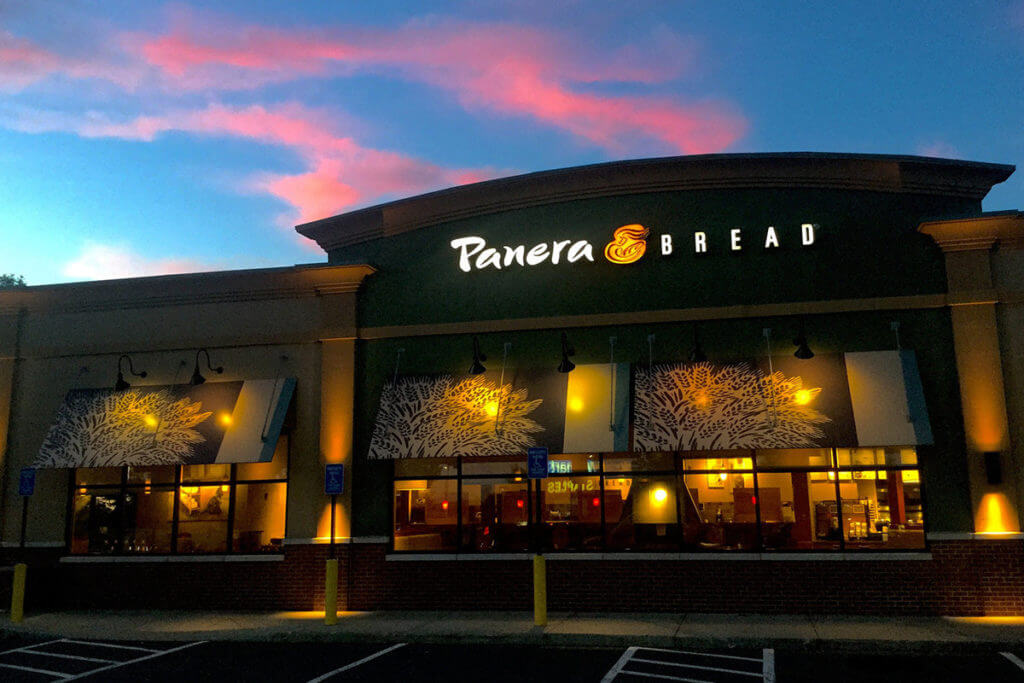
Panera Bread’s mission statement is “A loaf of bread in every arm.” As brief as this statement is, it is a reflection of the crucial aspect of the company. It emphasizes on the brand of this establishment and all other factors that lead to the presence of its primary product. Some of the following components can be linked to this mission statement.
- Exceeding expectations. Panera Bread’s emphasis on a load of bread is simply representational. The company has gone out of its way in all its over 2000 locations to provide its customers with top pastries and other accompaniments. The concept of the company is to welcome its clients with treats that leave them amazed and longing for more each day. In fact, the company range of baking designs displayed in its site is an evidence of how creative Panera Bread is when it comes to surprising its customers, and this is attributed to the top ratings it keeps getting all year round.
- In every arm. Panera Bread demonstrates that it has grown from a localized business entity to a regional giant through its commitment to its mission statement. In its clamor to be felt across the U.S, Panera Bread has widened its area of operations within the country, and this has not stopped there – it is not a regionally renowned company with influence flowing over to the Canadian borders. It has attracted a large customer base, showing its satisfaction of the second component of its mission statement.
Introduction
Panera Bread’s mission and vision statement are exactly what any future-oriented company would wish for especially while operating in some of the most dynamic and competitive sectors. As a casual restaurant specializing in bakery, Panera Bread has never disappointed its customers with its level of quality.
And it has shown that customers do not have to get comfortable with boring even in the food sector with the creativity it has put in all its items. Ever since its foundation in 1987 by Ken and Linda Rosenthal, the company has surprised many with its unprecedented service styles, and this has all been due to its mission and vision statements.
A corporate mission statement shows the strategic tactics the management team uses to propel the growth of that particular entity, and towards a specified direction. Panera Bread’s mission statement is all about making a breathtaking and mouthwatering bread. It is a desire that aligns with the vision statement. A vision statement of a company is all about the future, and the Panera Bread’s vision statement makes this clear by emphasizing how it visualizes itself as a leader in the sector.
It also points out the place of its employees in this vision. The core values of a company are critical when it comes to ensuring everything works as predetermined by the management. In this case, Panera Bread boasts of well-grounded values that keep the company leading the rest from the front.
Vision Statement
Panera Bread’s vision statement is “to continue to be a leader in the fast-casual dining and quick service industry by putting an emphasis on employee development and providing our community with healthy food choices while maximizing profits for their shareholders.” The statement of this company highlights two major elements, its leadership role, and the value assigned to its employees in the achievement of its future goals. Based on this, there are several characteristics that can be associated with it:
- Be a leader. To satisfy this characteristic, Panera Bread ensures that its operations remain within the standard requirements of the fast restaurants. However, it goes further from the norm by caring for its workers and being creative in both – design of pastries and provision of care, and a technique for setting pace and image emulatable by all other players.
- Healthy food choices for the community. Panera Bread’s first rule is to never compromise on the quality of the products it produces. It does this by not only maintaining quality but also freshness and other healthy attributed to what it offers.
Core Values
Panera Bread’s core values include “Respect and being customer-centric.” The values focus on assuring the smooth running of the company. They comprise two elements:
- Respect
- Customer-Centric
By emphasizing respect among all stakeholders, Panera Bread boosts coordination and adherence with top services. It also enables the satisfaction of the second value which calls for prioritization of ensuring the products of the company meets the customer expectations.
References
- Andersen, T. J. (2004). Integrating decentralized strategy making and strategic planning processes in dynamic environments. Journal of management studies, 41(8), 1271-1299.
- Ban, V. (2012). Analysis of the upscale/Fine dining sector in the restaurant industry.
- Bartkus, B., Glassman, M., & McAFEE, B. R. U. C. E. (2006). Mission statement quality and financial performance. European Management Journal, 24(1), 86-94.
- Carton, A. M., Murphy, C., & Clark, J. R. (2014). A (blurry) vision of the future: How leader rhetoric about ultimate goals influences performance. Academy of Management Journal, 57(6), 1544-1570.
- Germain, R., & Cooper, M. B. (1990). How a customer mission statement affects company performance. Industrial Marketing Management, 19(1), 47-54.
- Hakala, U., Lätti, S., & Sandberg, B. (2011). Operationalising brand heritage and cultural heritage. Journal of product & brand management, 20(6), 447-456.
- Kantabutra, S., & Avery, G. C. (2002). Proposed model for investigating relationships between vision components and business unit performance. Journal of Management & Organization, 8(2), 22-39.
- Kantabutra, S., & Avery, G. C. (2003). Enhancing SME performance through vision-based leadership: An empirical study. In Presentation at the 16 th Annual Conference of Small Enterprise Association of Australia & New Zealand, Victoria, Australia. Retrieved August (Vol. 8, p. 2008).
- Muenchhausen, S., Schulz, K., Haering, A. M., & Llamas Vacas, R. (2014). Strategies for medium-sized values-based food chains during growth processes. In 11th European IFSA Symposium, Farming Systems Facing Global Challenges: Capacities and Strategies, Proceedings, Berlin, Germany, 1-4 April 2014 (pp. 999-1007). International Farming Systems Association (IFSA) Europe.
- Stowe, C. R., & Lahm Jr, R. J. (2011). A framework for installing innovation into a small enterprise. Southern Business Review, 36(2), 25.
- Van Knippenberg, D., & Stam, D. (2014). Visionary leadership. The Oxford handbook of leadership and organizations, 241-259.
- Youngcourt, S. S. (2006). Examination of supervisor assessments of employee work-life conflict, supervisor support, and subsequent outcomes (Doctoral dissertation, Texas A&M University).
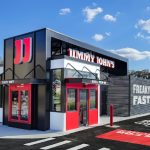





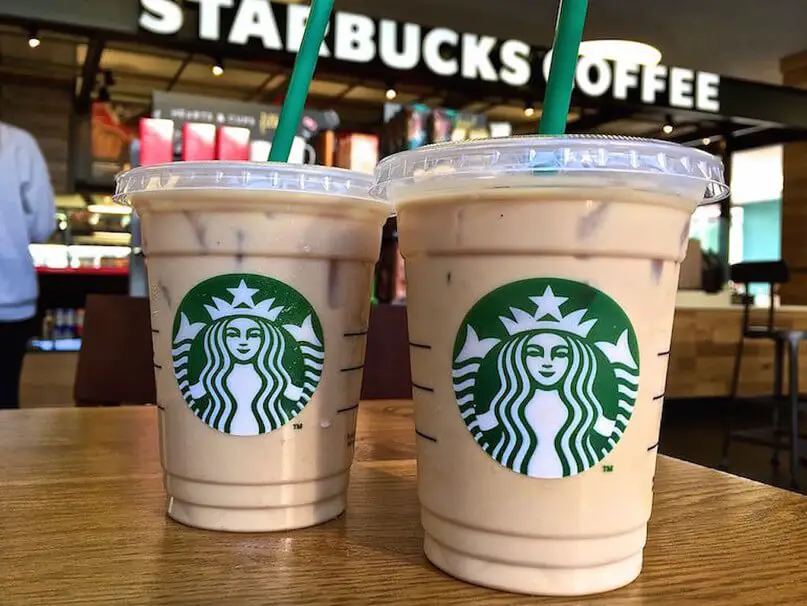

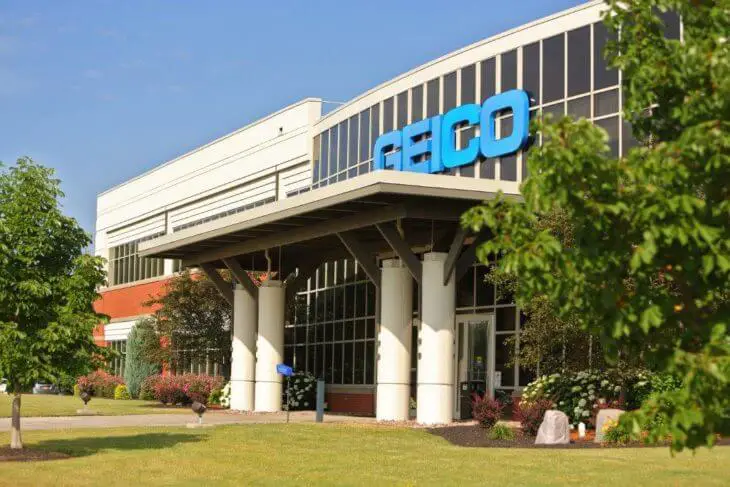

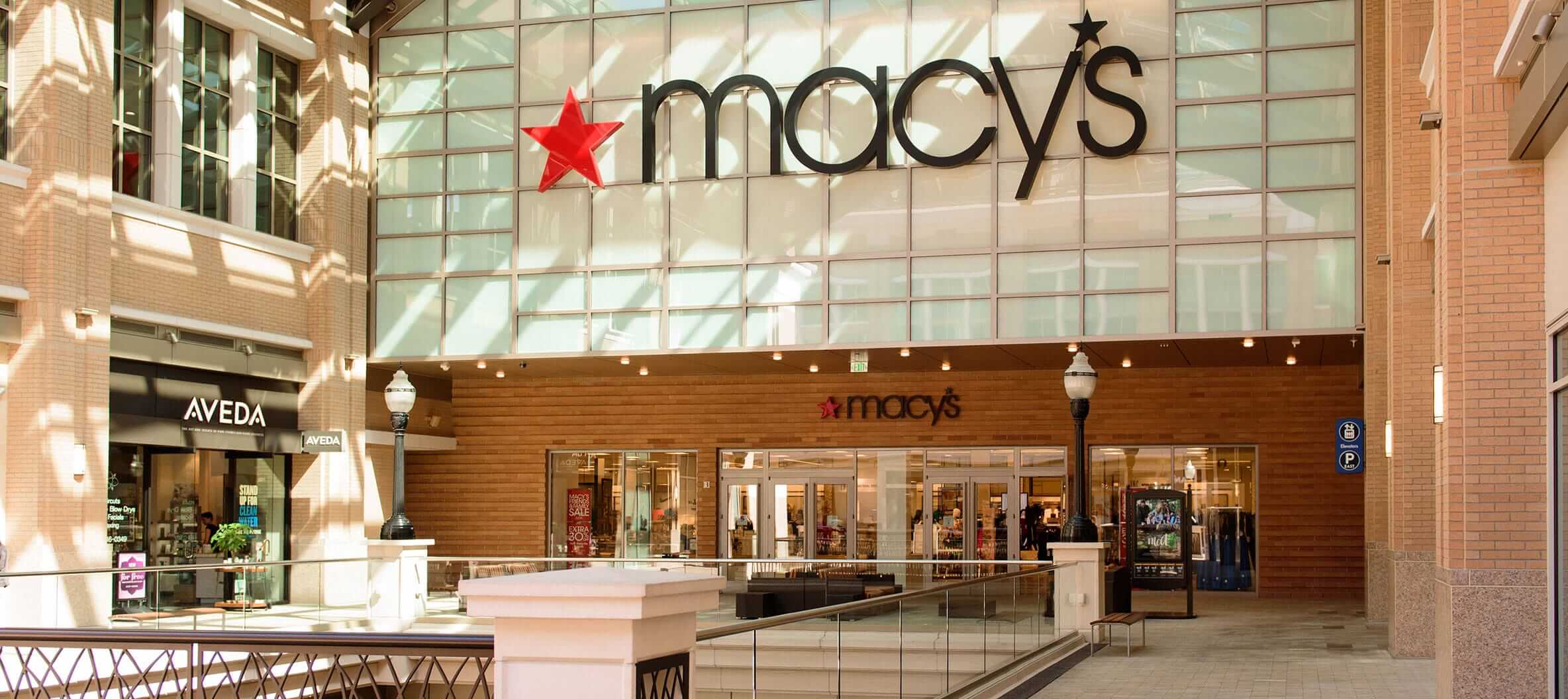

Panera changed their mission statement to “food as it should be.”